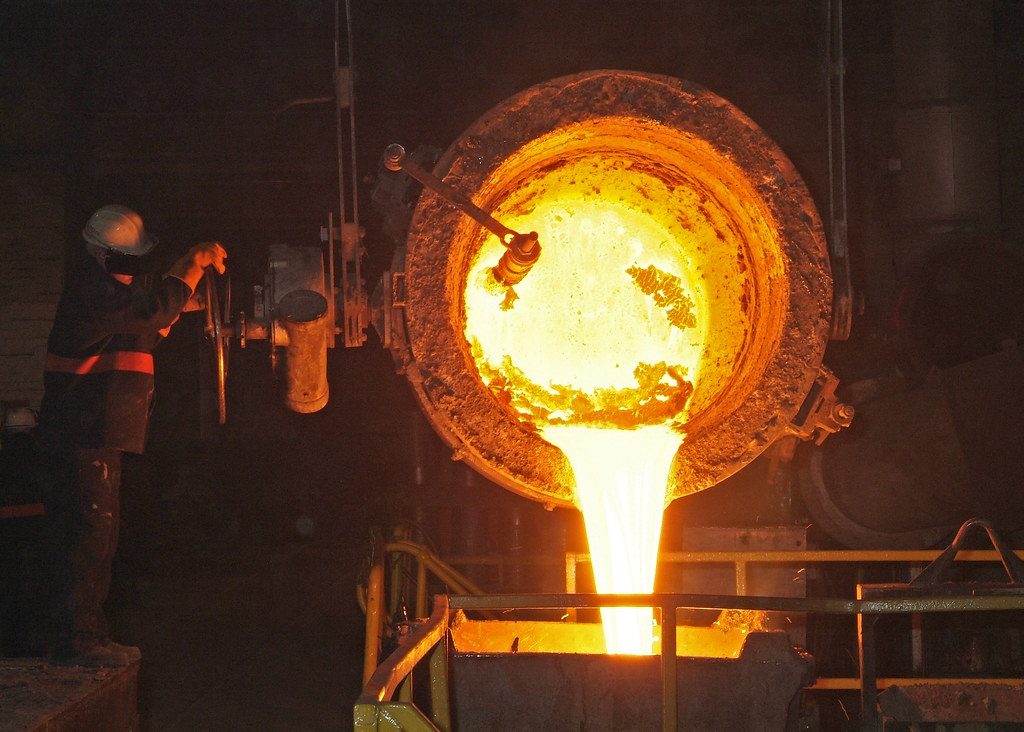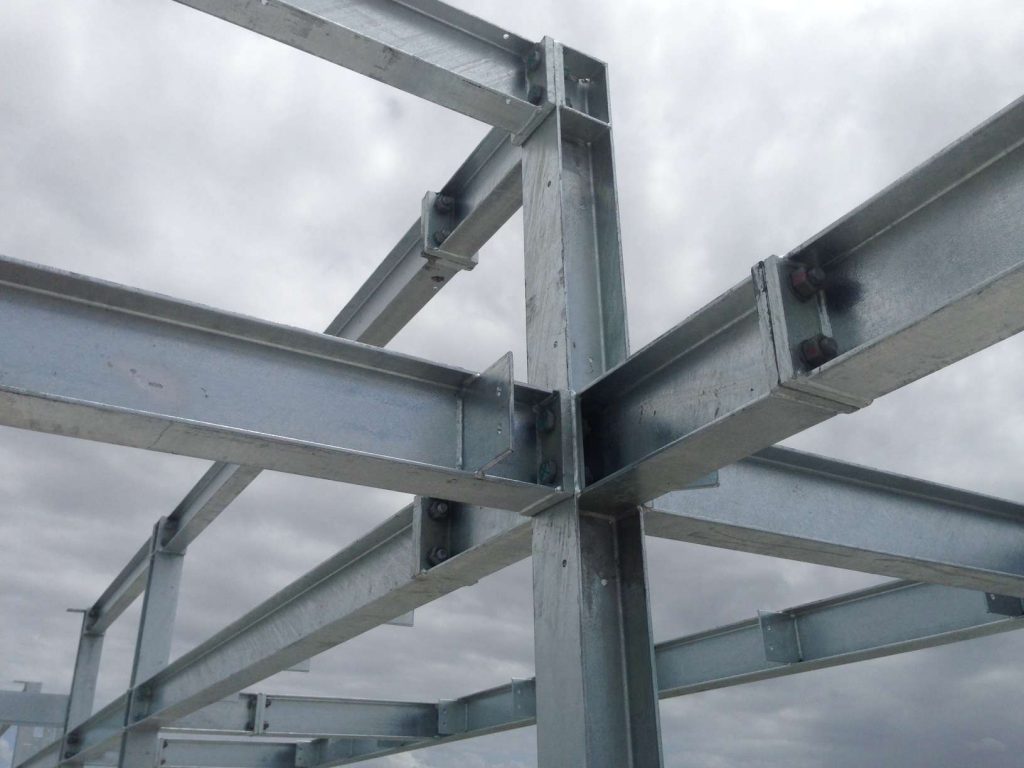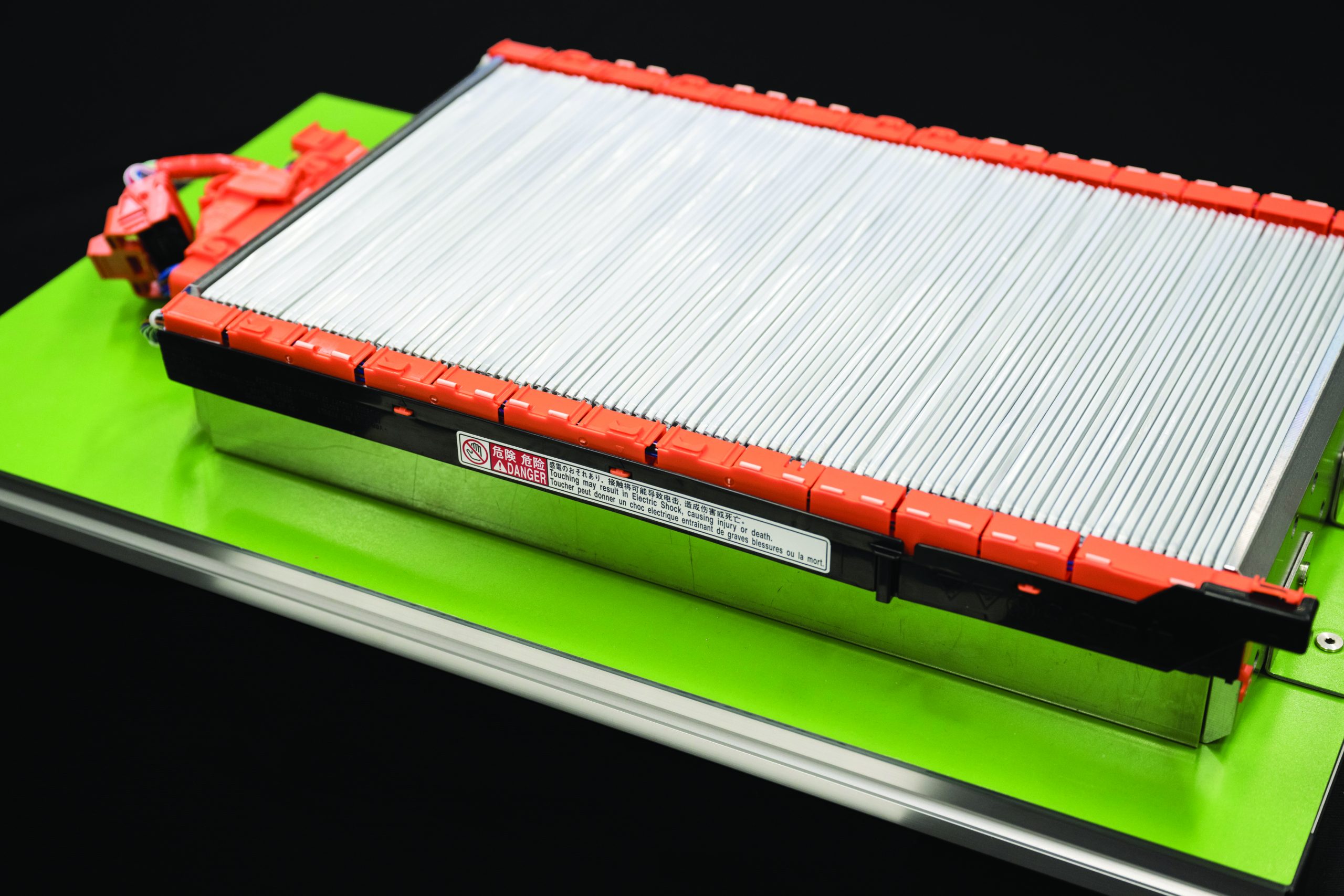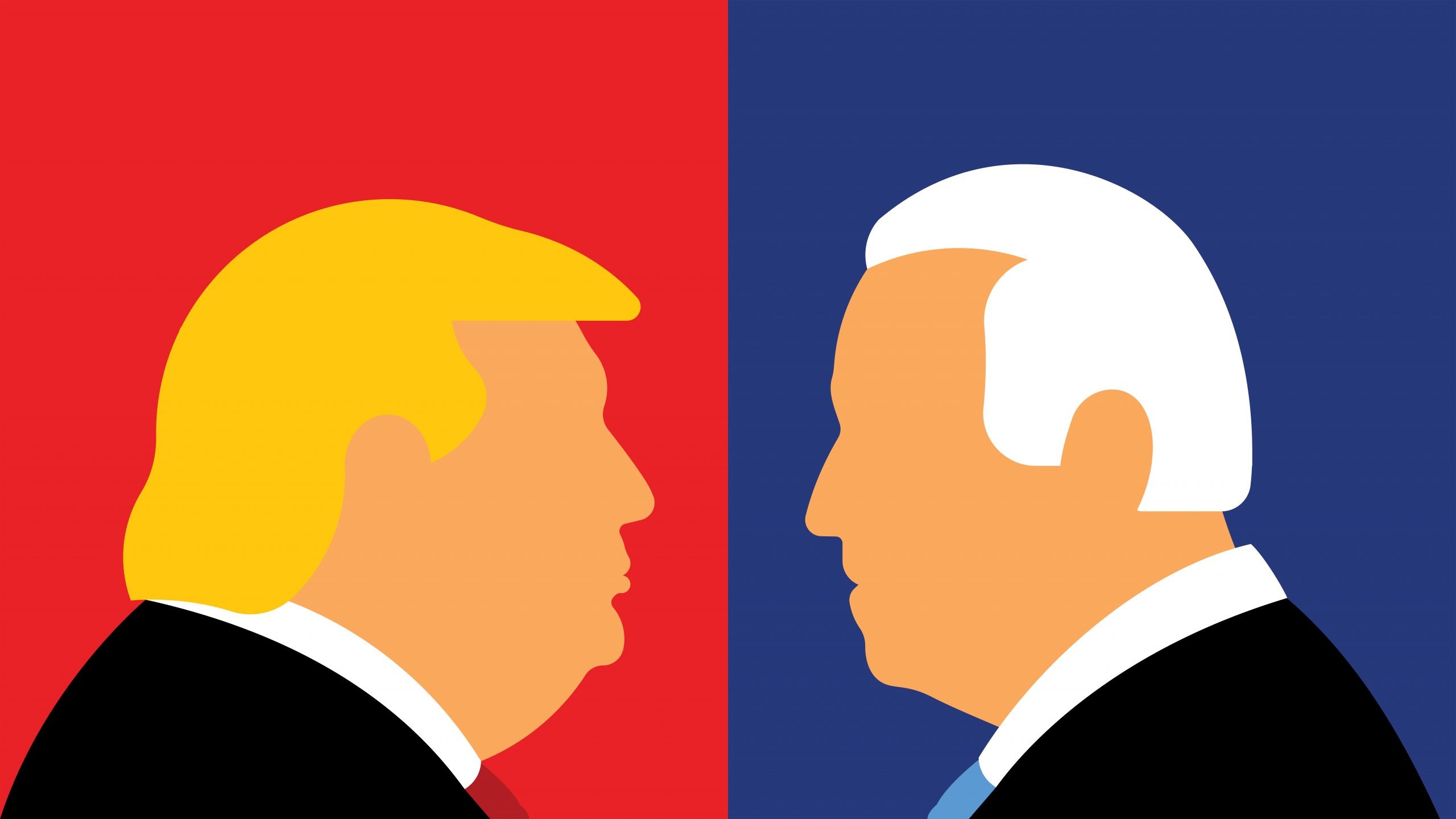Steel Shots in the Trade War
When President Donald Trump first levied tariffs on steel imports (to the tune of 25%) in March 2018, it’s doubtful his intent was to reduce the enterprise values of American steel companies, nor to watch the underlying price of steel spiral lower.
However, checking in on the state of the American steel industry in July of 2019, that’s almost exactly what has occurred.
In the last 52 weeks, the price of U.S. Domestic Hot-Rolled Coil (HRC) Steel has plummeted by roughly 42%. And the carnage in the market valuations of some of the best-known American steel companies has arguably been even worse.
From July 2018 to July 2019, United States Steel Corp. (X) stock dropped from about $36.50/share to about $13.50/share, a decline of roughly 63%. The stock prices for AK Steel Holding Corp. (AKS), Steel Dynamics (STLD), and Nucor Corporation (NUE) have also experienced significant declines.
The intent of a tariff (a tax paid by the importer of a foreign-produced good) is ideally to catalyze increased demand for locally-produced products (i.e. non-foreign). Or, at the least, to make the products of the targeted country (or countries) less economically attractive, when compared to other foreign producers.
However, tariffs can also inadvertently catalyze the growth of additional tariffs. Meaning targeted countries respond by deploying their own taxes on imported goods. In sum, these tit for tat tactics are associated with protectionism – the shielding of domestic industries from foreign competition — and ultimately, trade wars.
While protectionism may have some benefits, one strong headwind that can arise from protectionist policies such as these is a slowdown in global growth. Tariffs typically equate to less trade, which in turn can translate to lowered economic output and productivity.

So if the assumed intent of President Trump’s steel tariffs was to assist American steel companies and to support the value of American steel, how did we end up here? Based on existing information, it looks like there are two main factors which have contributed to the decline of steel prices, and in turn the valuations of American steel companies.
First, the tariffs deployed by President Trump have resulted in a series of “trade wars” between the United States and some of its primary trading partners. The best-known example is the U.S.-China trade war, but such conflicts also extend to the European Union, Canada, and Mexico (to name a few).
Second, the rise in global protectionism has also pressured global trade, and lowered expectations for economic growth around the world. When the economy contracts, steel is one sector that always suffers, along with cement, oil, and other important “building blocks” of human expansion.
The other hindrance to the American steel sector looks self-inflicted.
Earnings reports from these companies show that when the tariffs were initiated, many of them immediately began growing their production with the intent of seizing market share left available by the reduced presence of foreign competition.
Unfortunately, the negative impact of rising protectionism seems to have erased the potential gains from the tariffs. As American companies grew their capacity, that surplus demand evaporated.

Interestingly, economists that oppose tariffs often cite situations much like the one observed today in the American steel industry as the reasoning behind their opposition. The theory that any potential benefits from tariffs are cancelled out by the resulting slowdown in the business environment certainly seems to apply in this case.
Looking at market valuations of foreign steel producers, it appears the protectionist approach embraced by the Trump administration has had far-reaching ramifications. The stock prices of ArcelorMittal (MT) and Tenaris (TS), both headquartered in Luxembourg, are also well off their 52-week highs. As is the primary ETF of the steel sector, the VanEck Vectors Steel ETF (SLX).
For traders, especially those that embrace the contrarian philosophy, there are likely a plethora of attractive opportunities that have developed in the steel sector as a result of these seismic moves.
To learn more about trading industrial metals, a previous installment, Steel Appeal, on the tastytrade financial network is recommended. Additional information is also available in the tastytrade LEARN CENTER.
Sage Anderson is a pseudonym. The contributor has an extensive background in trading equity derivatives and managing volatility-based portfolios as a former prop trading firm employee. The contributor is not an employee of luckbox, tastytrade or any affiliated companies. Readers can direct questions about any of the topics covered in this blog post, or any other trading-related subject, to support@luckboxmagazine.com.




















